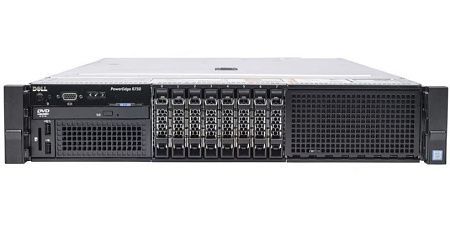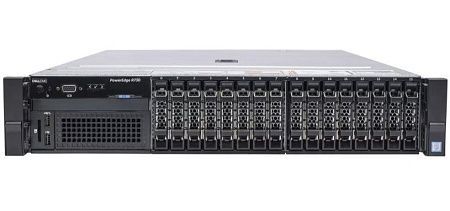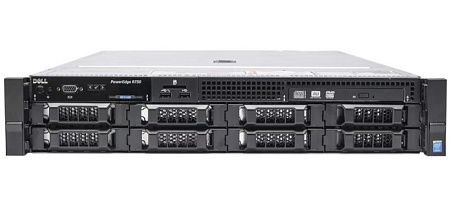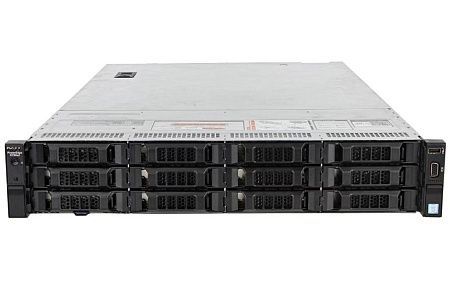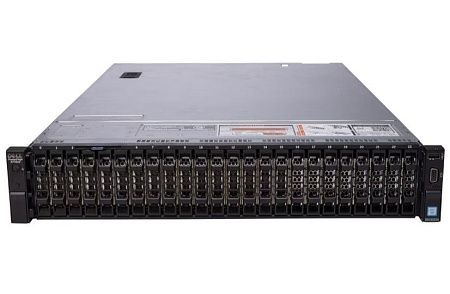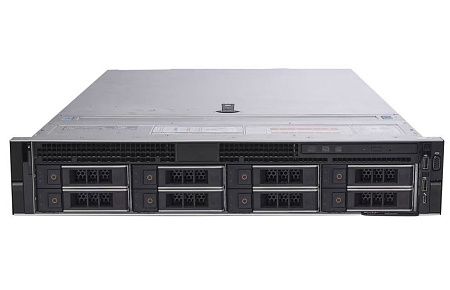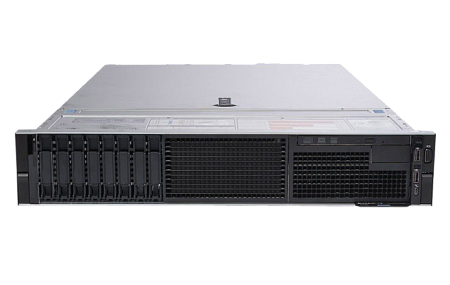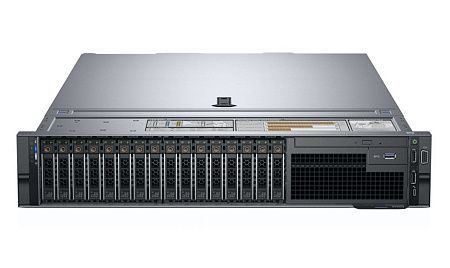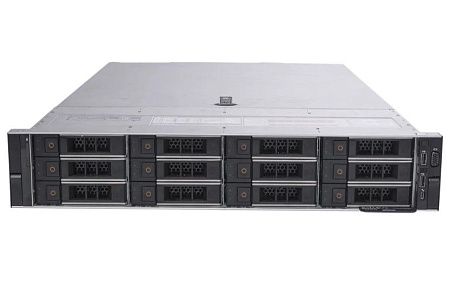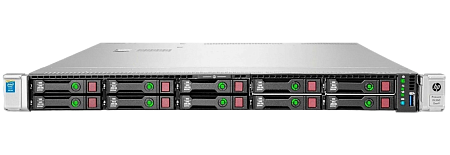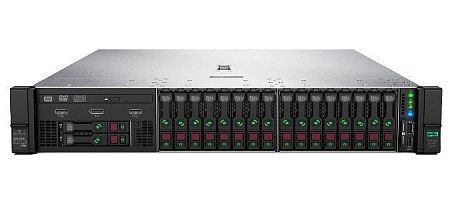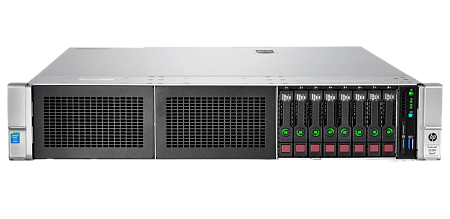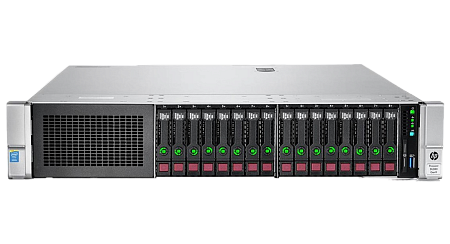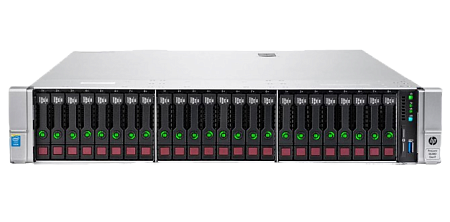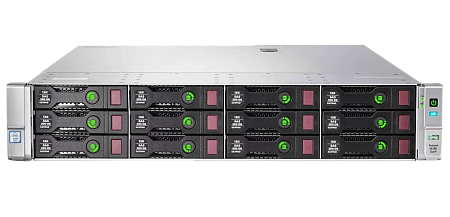The principle of microservice architecture is to create and support applications based on small modular services instead of software as a monolith. The essence of this architecture is to divide a complex application into several individual independent elements that can be managed as well. This makes it possible to:
- Speed up the development process;
- Increase fault tolerance;
- Simplify application support;
- Reduce time-to-market.
Each microservice has:
- its own code,
- database,
- API for interacting and working with other services and apps.
They can be written in different programming languages and use a wide range of various technologies. Services can communicate through messages and network requests.
The architecture of microservices can be used in order to disperse the formation of development teams. Different teams can work on individual services without affecting the work of neighboring teams.This allows you to speed up the development process and focus on specific business needs.
Microservice architecture was preferred by many large organizations when the development of individual nodes required an improved point-to-point approach. The reason for this was the difficulty of scaling traditional monolithic IT systems.
Features of microservice architecture
Below we will consider the main features of microservice architecture:
Independence. Each service is absolutely independent and does not affect the operation of neighboring services, i.e. each service can be developed, deployed, changed or improved without affecting other elements.
Flexibility. A wide range of different programming languages and technologies can be used to develop microservices. As a result, this allows developers to be more flexible in choosing the technology for specific elements of the system. This feature makes it possible to manage a development team with greater efficiency.
Scalability. Another important feature of microservices is that they can be scaled independently of each other, which makes it possible to evenly distribute resources and load among those services that need it more at a certain moment.
Lightness. Microservices interact with each other using lightweight protocols (REST or gRPC), which makes it possible to quickly exchange data.
Ease of deployment. Microservices can be easily deployed on different cloud platforms or servers of various models.
Error management. Error management and failure recovery functions are individual for each microservice. The system will continue to operate even if one of the services fails.
Easy replacement. Replacing a failed service can be done easily, quickly and without affecting the operation of other services. This makes it easy to update the system and implement new features.
Distributed development. When building a microservice architecture, it is possible to distribute the application development workload across multiple teams, which can speed up the development process, since each team is responsible for a separate service.
Difficulties of working with microservices
Ensuring data integrity. The use of microservice architecture involves processing and storing data by various services. It can be challenging to ensure data integrity, as well as consistency and synchronization of work between services.
Management. Managing a microservice architecture can also be complex because each of the wide range of services has its own version and set of dependencies.
The complexity of debugging and testing. In a microservice architecture, the development, deployment and scaling of each service can be performed individually and independently. However, this tends to complicate the debugging and testing process.
The complexity of the interaction. Reliability and performance problems may arise due to the use of network requests for microservices to interact, since it is the network request that can become a point of failure.
Security vulnerabilities. The difficulty lies in the fact that each service has access to certain data, which can endanger the entire system if an error or vulnerability occurs in one service.
Comparison of microservice and monolithic architecture
Although microservices are considered the most modern and popular approach to architectural design, it should not be applied everywhere, without taking into account the specifics and goals of the business or the scale of the application. It is recommended to choose the right approach based on the strategic objectives of the project. When making the decision to switch to monoliths, developers must be prepared for a complex multi-step process.
The strengths and weaknesses of both approaches are discussed below.
| Parameters | Monolithic architecture | Microservice architecture |
|
Size and complexity |
Monolithic architecture is a single large application that includes many elements that are directly connected to each other |
Microservice architecture involves dividing an application into a large number of microservices, each of which performs specific functions.Thus, the principle of operation of such an architecture is to divide the application into several independent and simple parts. |
|
Reliability |
If one application component fails, it can lead to a serious problem (full application failure). |
Microservices continue to function stably even in case of failure of one microservice. |
|
Flexibility and scalability |
The processes of scaling and implementing any changes to a monolithic architecture require manipulation of the entire application, which is often difficult and inefficient. |
It is possible to develop, test and deploy each microservice individually without affecting other elements. This is especially useful when scaling, as you can only scale selected elements. |
|
Complexity of deployment and management |
Monolithic architectures are easier to deploy and manage because their components are not connected to each other by complex dependency systems. |
The need to manage a large number of independent services and their interaction can complicate the management of microservice architectures. |
Tools for creating and developing microservices
Next, we will consider the most popular tools for creating and developing microservices:
- Apache Kafka. A distributed streaming data processing system that makes it possible to create and combine microservices using an event-driven architecture. This solution can be considered as a message broker (it is responsible for exchanging messages between different microservices).
- Spring Boot. Framework based on the Java programming language. It provides a wide range of capabilities that make it much easier to create and deploy microservices.
- Kubernetes. K8s is a container management system that provides extensive capabilities for deploying, scaling and managing microservices. It offers a wide range of tools needed to manage data storages, network services, and provide automatic scaling of microservices.
- Node.js. Platform for developing server apps in JavaScript. Using this tool makes it possible to develop highly efficient and scalable microservices using JavaScript.
- Docker. An open platform, the functionality of which is responsible for automating the processes of deploying and managing applications in containers.
It's worth noting that there are other useful tools (RabbitMQ, PostgreSQL, MongoDB, Swagger, and many others) that can help you create and manage microservices. The choice of tool depends not only on the requirements and needs of the company, but also on the specific goals of the project.
Which projects need a microservices architecture?
Below we will consider the main characteristics of projects for wich a microservice architecture may be suitable.
Flexibility. The microservice architecture is suitable for projects requiring a flexible architecture in order to introduce new features or changes to already implemented ones (regardless of the operation of other components).
Scalability. When a project involving processing large amounts of data or requests may require horizontal scaling.
Constant development. When a project involves systematic development, which requires the ability to continuously deploy and scale new services.
Sustainability. In cases where the project requires a high level of fault tolerance and availability in order to safely resolve failures in one or more elements.
Sharing of responsibilities. If the project has a complex business logic. Dividing such a project into smaller, independent services makes it easier to understand its structure and manage the project.
Accelerated development. In cases where projects need to increase the speed of development and introduction of new functions to the market to ensure effective competitiveness.
Microservices architecture is the preferred choice for projects requiring high flexibility and extensive scaling capabilities. Such projects usually have complex functionality and require high availability and speed of development.
Examples of using microservice architecture
Cloud computing. Microservice architecture has become widely used in cloud services for deploying and scaling apps. Each microservice can be distributed across multiple servers in order to increase the level of performance and fault tolerance of the system.
Mobile apps. In this case, microservice architecture can be applied to implement the server part of the app. For example, microservice that handles the application's business logic, microservice that retrieves data from the database, microservice that sends notifications, etc.
Web apps. Each function of such an application can be represented as an individual microservice. For example, a microservice that manages website content, a microservice that processes payments, a microservice that is responsible for authenticating and authorizing users.
IoT. Here we are talking about using a microservice architecture to develop applications related to the Internet of Things. For example, separate microservices for:
- collecting information from devices,
- analyzing and processing the collected information,
- controlling operations of devices, etc.
Large corporate systems. Large enterprises can use microservices architecture to divide monolithic systems into individual elements, which simplifies maintenance and further development of the system.
Conclusion
Thus, microservice architecture is a convenient, flexible and highly efficient approach to software development. Using this architecture gives organizations the opportunity to divide complex applications into component parts (separate, easily managed services). This in turn increases the performance level of the entire system and improves scalability.
Microservice architecture gives organizations the ability to develop, debug, and scale applications easily and more flexibly. However, there are certain difficulties here too, specifically in managing various services and establishing interaction between them. The most important task is competent and continuous planning, and then the correct implementation of communication between development teams. Before deciding to use a microservice architecture, it is recommended to clearly define your main needs and business goals.
NewServerLife's team of tech specialists stands ready to assist organizations in navigating the complexities of microservices architecture. With their expertise and guidance, businesses can confidently implement microservices solutions that align with their specific needs and goals. By leveraging NewServerLife's support, organizations can maximize the advantages of microservices while mitigating potential challenges, ensuring a smooth and successful transition to this modern approach to software development.
Specialists of our company are ready to help you purchase the server and select the necessary server configuration for any required task.











